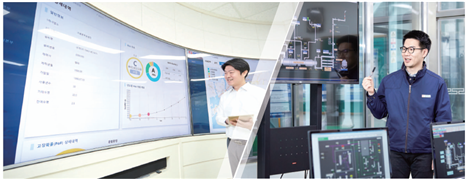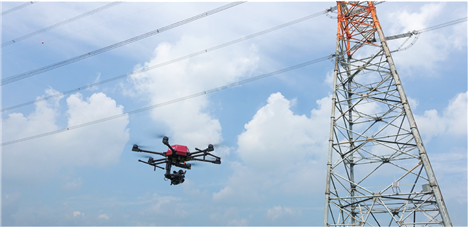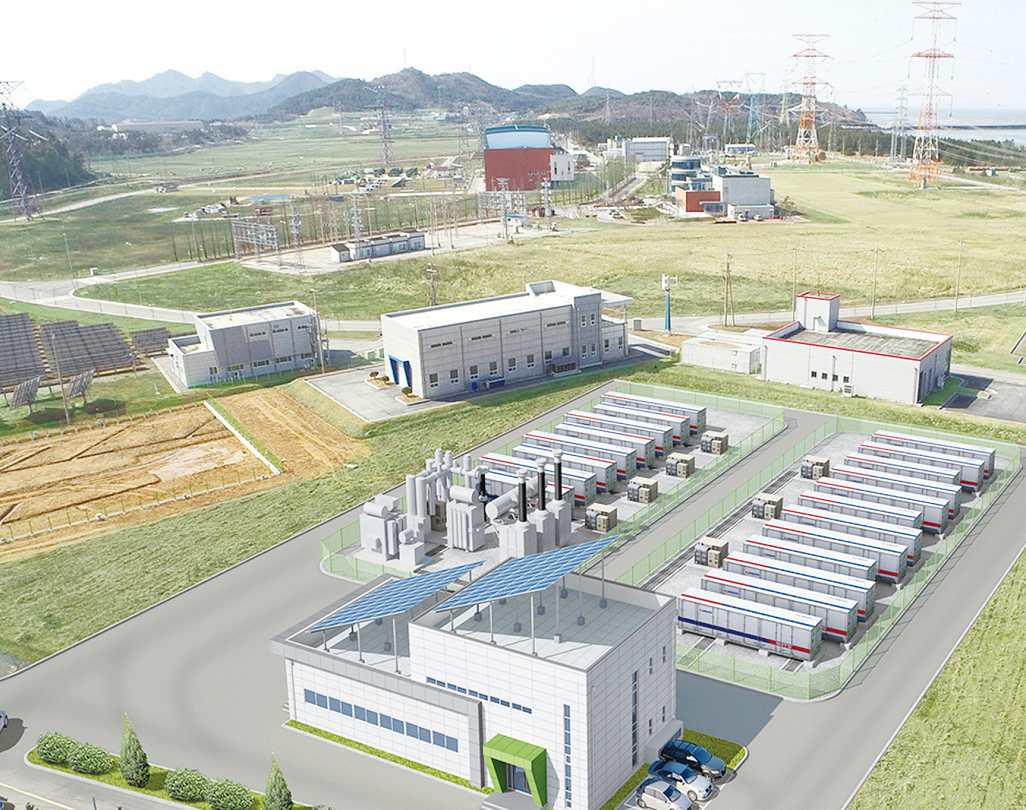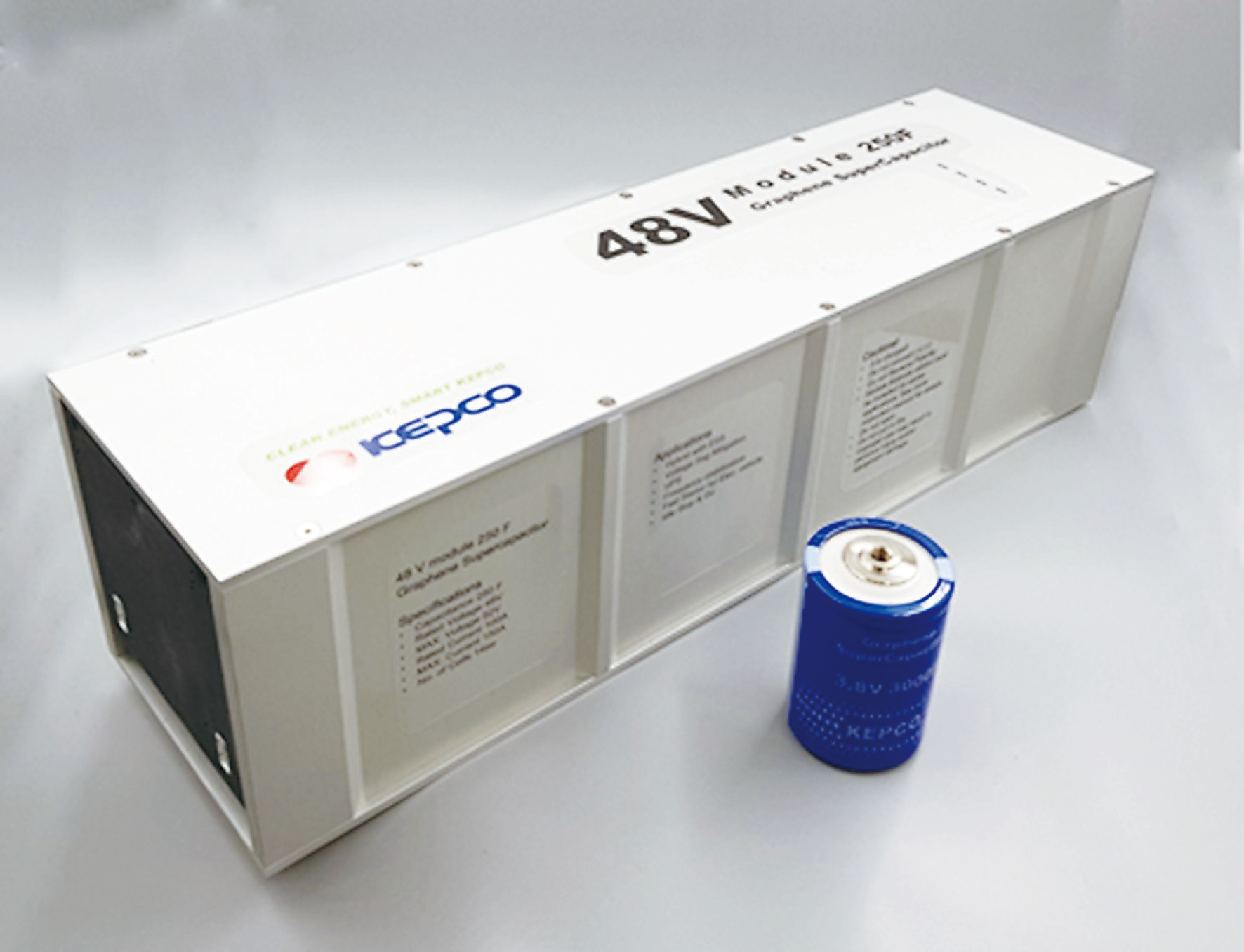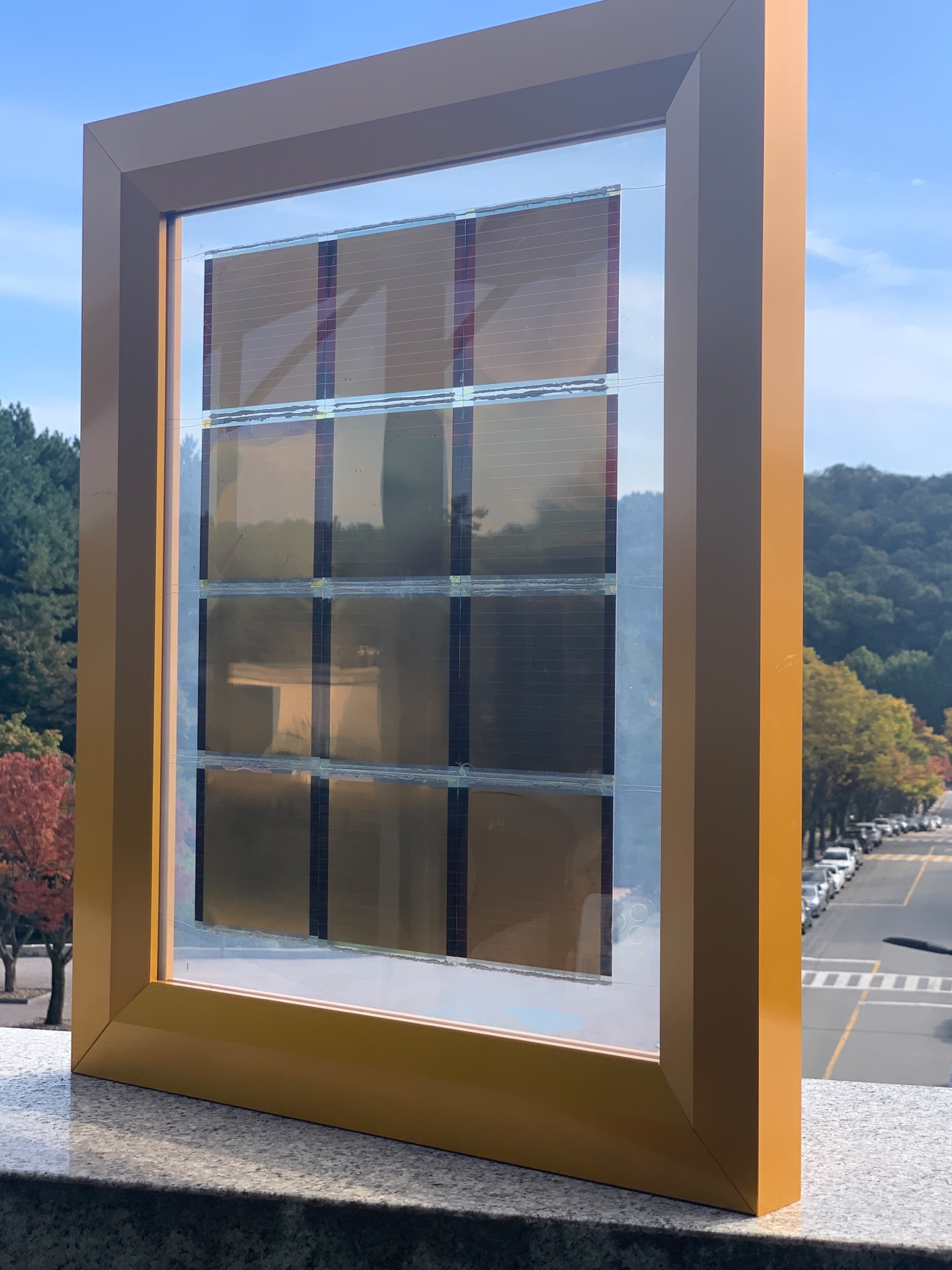Convergence Technology
Fields of our research Convergence TechnologyWe are committed to various convergence technologies such as power facility asset management systems, robot & drone facility diagnosis, thermal power generation flexible operation, offshore wind power platform technology development, electric material application technology, large-capacity super-capacitors, and battery systems to achieve efficient and rapid research results.
Asset Management System
To establish an asset performance evaluation and investment plan optimization system for the efficient management of power assets, we develop power facility risk assessment and prediction technologies and optimize the database for KEPCO power facility asset management. We are also promoting the improvement of asset management technology and localization of systems through comparative analysis with overseas asset management systems.
Occupational Safety Technology
In order to establish a specialized safety management system for KEPCO based on ISO450001 in response to the Serious Accident Punishment Act, we are developing autonomous safety solutions at construction sites based on risk assessment and establishing IoT-based work safety management platforms to create a safe working environment at the site. In addition, we are developing technologies for preventing industrial accidents at power industry sites, such as biometric information and unsafe behavior judgment technologies for workers at dangerous work sites, facility safety management technologies, virtual reality implementation of work environments, and establishment of a worker safety management system.
Flexible Operation Technology
Flexible operation technology of large-scale thermal power plant is being developed to mitigate the impact of non-dispatchable and fluctuating nature of renewable energy resources. Flexible operation technology includes improvement of low-load or cycling operation performance of major facilities, e.g. burner, steam generator, environmental control system, and optimization of control algorithm. Moreover, Flexible Operation Monitoring System(FOMS) will be developed to support economic and stable operation of national power grid.
Perovskite Solar Sells
We are developing semi-transparent, high-efficiency solar cells that use perovskite, which consists of superior photoactive materials that have high photoelectric conversion efficiency comparable to that of silicon solar cells, and are capable of manufacturing lightweight, transparent and flexible solar cells at relatively low cost. The inverted structure flat-panel solar cell (1cm2) achieved the world's highest efficiency of 23.2%, while demonstrating an efficiency of 18.6% in the large-area module (100cm2). Furthermore, it maintained an initial efficiency of 90% even after undergoing a 2,000-hour artificial solar test, ensuring durability for commercialization. Currently, it is manufacturing a 10W prototype and conducting research oriented towards commercialization, including the development of optimal manufacturing processes. Its ultimate goal is to develop and commercialize prototypes of glass arc solar cells for the market.
Offshore Wind Farm Development, Management and Coexistence Technology
Under the vision ‘Global Top OWF R&D Hub', life-cycle R&D is being undertaken to promote continuous innovation and secure growth engines in the domestic offshore wind farm industry. Resource assessment and wind farm design for South-West demonstration offshore wind farm have been carried out, and integrated SCADA and CMS(Condition Monitoring System) were developed to enhance management and O&M. Also, to reduce installation costs, field demonstrations for suction bucket foundations were undertaken and MMB (Multipurpose Mobile Base) installation vessel development was carried out. Also, Research that facilitates cooperation among local communities to promote renewable energy development is urgently needed. Development of offshorefishery industry collocation research and utility-scale agrophotovoltaic research are being conducted to create a co-existence ecosystem with local communities and eco-friendly and safe farm management technologies are being developed through offshore wind farm environmental monitoring and safety standards establishment. Through lifecycle technology R&D focusing on increasing reliability and the economic feasibility of offshore wind farms as well as social acceptance, we are playing a crucial role in contributing to the national strategic project of developing the South-West 2.4GW offshore wind farm.
Robot & Drone Technology
We are developing electric power facility monitoring and diagnostic technology with the latest robots and drones to replace patrol workers. Artificial intelligence-based drone inspection technology is applied for overhead power transmission lines in the field, and is being implemented across the country. We are also promoting drone inspection demonstrations on North American regional transmission lines in cooperation with EPRI for our future overseas business. Furthermore, feasibility tests are on the way for the development of patrol and inspection robots in the underground power transmission tunnels. In addition, we are launching projects to develop total anti-drone solutions for protecting electric power facilities from harmful drones, along with semi-automatic collaborative robot and multi-functional pre-tooling units for indirect live-line workers. We are striving to upgrade, protect and maintain electric power facilities with robot and drone technologies.
Disaster Response Technology
In order to cope with the increase in the potential risk of new disasters due to natural disasters caused by climate change and the handling of ammonia and hydrogen fuels, disaster risk assessment technology and disaster response platforms are being established. We are developing ammonia and hydrogen safety technologies in cooperation with advanced foreign institutions such as Fraunhofer, and are promoting rapid response to disasters in the power industry and digitizing them by predicting equipment failures caused by disasters.
Flexible Energy Technology
In order to cope with the frequency instability of the future power system caused by the rapid increase in renewable energy, new flexible energy resources and operation technologies are being developed. First, the world's largest MW-class frequency adjustment supercapacitor system was constructed by further improving the capacity of supercapacitors with characteristics such as high output density, high-speed charge/discharge, and long life. The demonstration operation was completed by developing next-generation operation technologies such as independent and cooperative operation with batteries. As another new flexible resource, the world's first 20Ah-class manganese-based secondary battery was developed, aiming to commercialize it by improving energy density and lifespan characteristics, and developing process technologies. For the stable operation of flexible energy resources, a technology that diagnoses the lifespan and abnormal conditions of batteries autonomously has been developed and applied to ESS for frequency adjustment and system stabilization operated by KEPCO. In the future, it will be applied to new flexible resources alongside the advancement of diagnostic technology.

